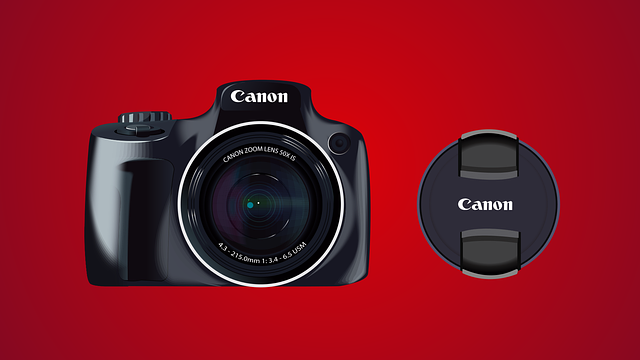
I get into the office today. A colleague comes to me as he walks in. “Have you seen the presentation summary of the new Samsung Note 8?”, he says. Firstly, I didn’t even know it was out. Secondly, I’m sceptical about the Note series after the incidents of it exploding in the past.
I watched the presentation summary video posted by the Verge and I’m taken aback. The presentation itself is captivating and fascinating. It is seamlessly flawless and incorporates the use of laser projectors. The presenters and the presentation playing out behind them kept me viewing. The talk of the Dual OIS camera and the docking system as well as the “hassle-free charging” got me thinking.
According to Phone Scoop, OIS or Optical Image Stabilisation is “a technology for cameras that physically moves the camera lens to compensate for camera movement. Any time a camera takes a photo, the image is captured over a period of time. That period of time is extremely short when working with ample light. But in low light, the period of time is usually longer, often long enough that even the smallest hand movement can blur the photo. So while OIS can be used for all photos, it’s most useful in low light.”
The system“uses a tiny gyroscope to detect those small hand movements and direct small actuators (motors) to move the lens in real time, in the opposite direction, to compensate. This keeps the image steady for the camera sensor even though the camera has moved. OIS can only compensate for small movements.”
I realised this posed a further threat to photographers. In my city, we have people who offer to take pictures for you for a fee. They are found on certain street corners and certain shopping centres. Worldwide, the innovations in cameras and their specifications/ability are impacting on the photographers and camerapersons on a daily basis. I don’t need to pay a hefty fee to have a photoshoot. All I need is a good backdrop and a good smartphone. This in turn “kills the conventional camera” in the advent of smarter cameras on our mobile devices.
The world of smartphones is constantly redefining itself in terms of innovation and development. Most notable are the docking system and wireless charging.According to PCMag, a docking system is “a Micro USB plug and cradle into which an Android phone or tablet is inserted to play music on externally powered speakers and/or to charge the unit. The dock is built into self-amplified music boxes, or it is connected via USB to a computer, USB charger or home theatre equipment. Some docks use Micro USB for charging and Bluetooth for playing music.” With this, people can now access their Android devices using a desktop. This was also exhibited in the Samsung Note 8 presentation summary video uploaded by The Verge on YouTube.
In terms of wireless charging, according to Verizon, “wireless chargers emit an alternating magnetic field via the transmitter coil, which in turn induces an alternating voltage/current in the receiver coil inside the device.You need two things: a device with wireless charging capability and a compatible wireless charger. Plug the charger into a wall outlet and place your device on it to power up.”
If you have a wireless charger, your smartphone must be Qi (pronounced “chee”) compatible; all wireless charging accessories sold by Verizon are Qi certified. Look for a Qi logo on the device or its packaging. The icon is easy to identify—a Q-shaped magnifying glass focusing on the letter ‘i.’ Qi wireless charging pads work with compatible smartphones, tablets, Bluetooth® headsets, cameras and smartwatches. Most car manufacturers such as Cadillac, Chevrolet, Toyota and GM are looking into wireless charging so that consumers can wirelessly charge their smartphones while they drive.
The future of smartphones looks bright, people!
Article by Nelson Madzima





